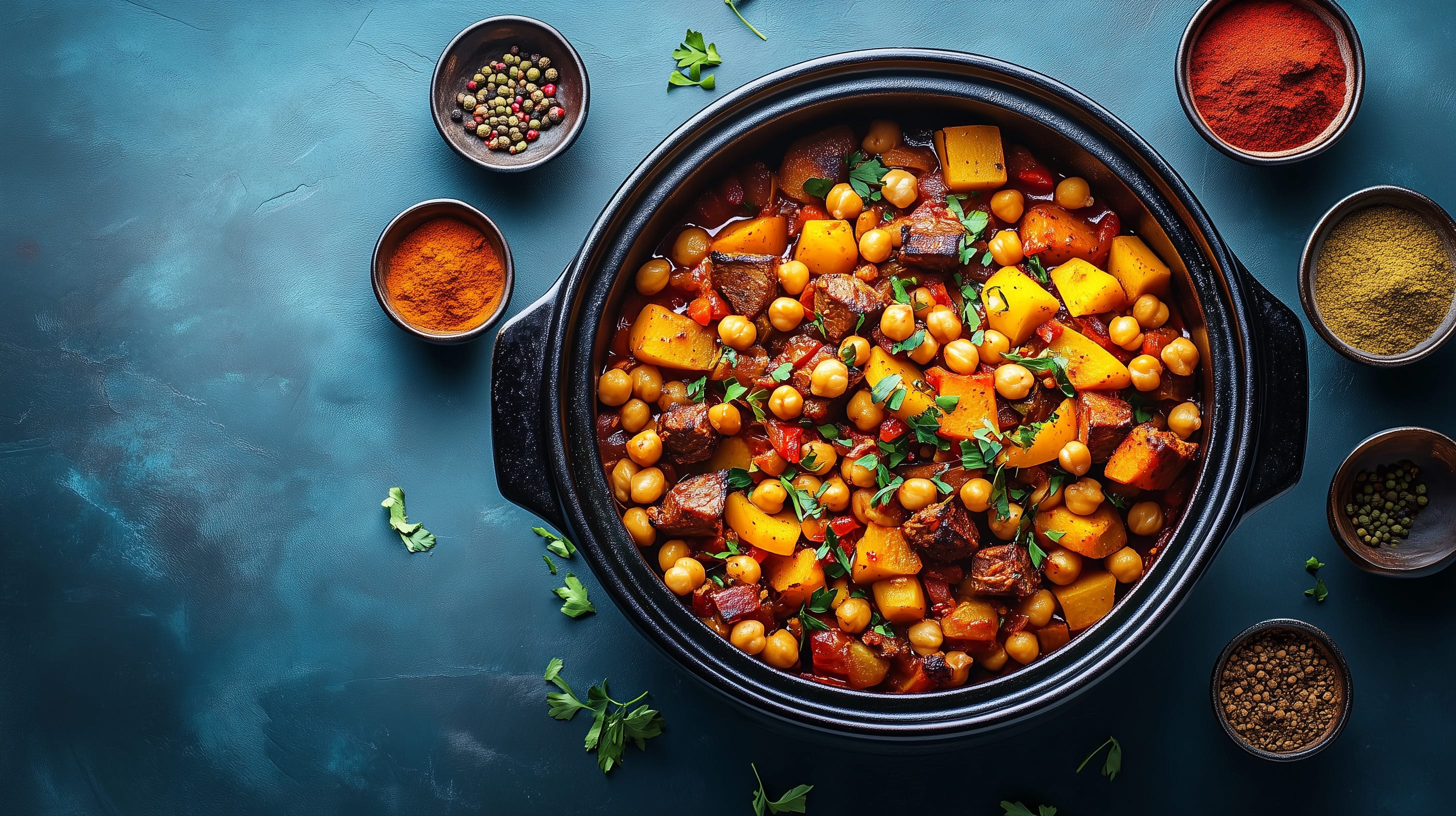By Azmina Govindji RD MBDA, Consultant Nutritionist & Registered Dietitian
Sugar has been hitting the headlines from the beginning of the year – if it’s not about fruit juice being bad for you it’s about sugar being the new tobacco. How do you separate the fact from the frenzy?
There is no conclusive evidence that sugar in itself causes obesity – but if you eat too many sugary foods, they can make you put on weight as they are likely to be high in calories, especially if they are also laden with fat (think doughnuts or cheesecake).
Sugar in liquid from, like fruit juice, will make your blood glucose rise more quickly than sugar in the fruit itself, as the fibre helps to slow down the rise in blood sugar. For this reason, it’s best to watch your portion size.
The biggest reason why sugary foods and drinks per se are unhealthy is because of their effect on teeth. There is substantial conclusive evidence that sugar can cause tooth decay, period. So, it’s best to eat sugary foods or drinks in small amounts with a meal rather than in between meals.
Here are ten top tips to help you keep an eye on your sugar intake:
1. Choose low sugar or diet soft drinks in preference to regular varieties. If you prefer to avoid sweeteners, have less of the regular type, or go without. Children should be served diluted fruit juice and preferably water.
2. Fruit juice can count towards your “at least five-a-day” fruit and veg recommendation, but it’s best to stick to 150ml once a day only, as part of a meal.
3. Making your own smoothies and juices? Try to add a handful of oats, some carrot, kale, beetroot, fennel or other vegs. That way you still get a tasty drink but you are getting more volume from lower sugar vegetables.
4. Choose oatcakes or breadsticks with your cuppa rather than sweet biscuits.
5. Get into the habit of slowly reducing the amount of sugar you use in baking – dried fruit in cakes and canned fruit in crumbles work well.
6. Need a sweet treat for the summer? Try freezing a smoothie into ice-lolly moulds. Or freeze your favourite yoghurt.
7. Check labels – sugar comes in different guises. If you see sugar, sucrose, honey, molasses, fructose or syrup, be aware that they’re all forms of sugar. If the sugar is first or second on the ingredients list, it’s likely to be high in sugar.
And, take note of the traffic light labelling on packaged foods – just like when you’re driving, avoid too many red lights for sugar!
8. Mix ‘n match sugar-rich ingredients with high fibre ones. A little honey on your porridge is fine, as is adding oats and dried fruit when baking flapjacks.
9. Thirsty? Try adding fresh lime or mint to sparkling water. Calorie free, sugar-free, guilt free.
10. Cut down on processed foods and you’ll find you automatically cut down on sugar. Even savoury foods like soups, sauces and ready meals tend to have sugar, and eating more home-cooked foods makes good sense all round!
Health & wellbeing information
We offer a range of health and wellbeing articles, recipes and exercise videos to enable people to self manage conditions and make healthy lifestyle choices, as well as preventing the development of musculoskeletal problems.
What makes Horder Healthcare unique
Horder Healthcare is committed to providing the very best quality of care for our patients and customers. We are continuously working on improving and reducing risks and this is reflected in our consistently high CQC results, patient satisfaction questionnaires and minimal levels of infection.
We are a charity
We reinvest our profit to benefit more people and help us achieve our aim of advancing health.






